Compared to other devices such as flip charts, chalkboards, tablets, and smartboards used for collaboration purposes in school classes, staff meetings, conferences, and other gatherings, whiteboard painted walls have many advantages, including the following.
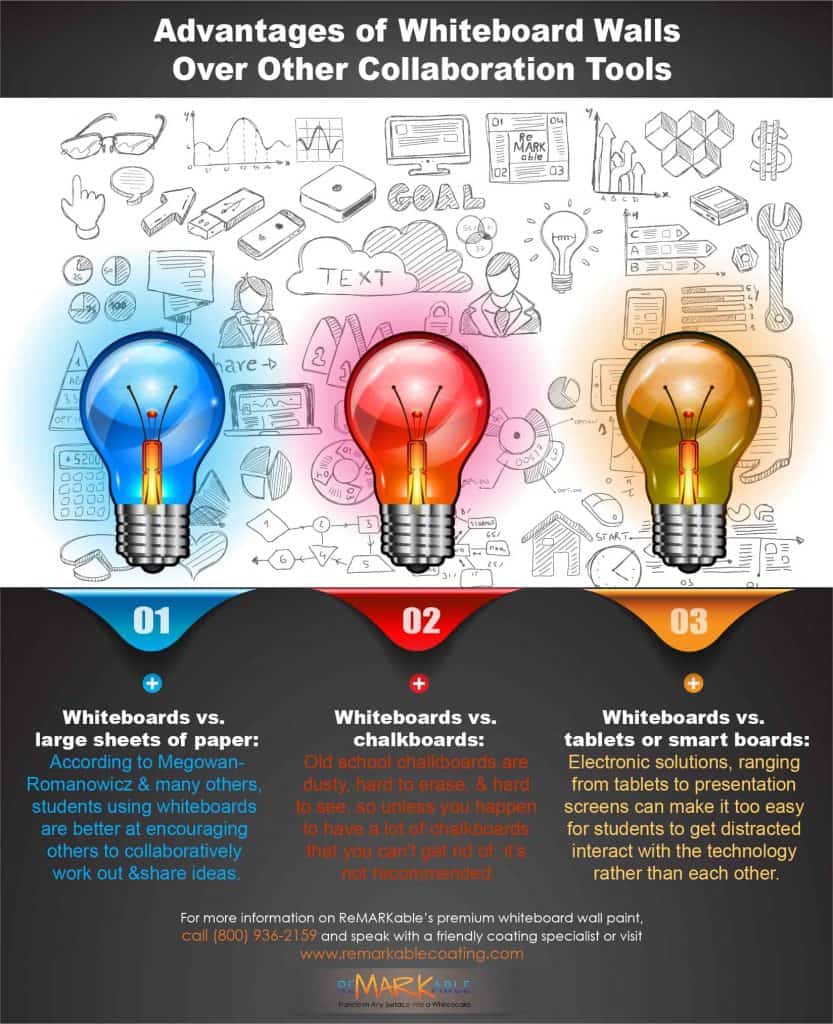
1. Whiteboard Walls vs. Large Sheets of Paper on Flip Charts
A. According to teacher Dr. Colleen Megowan-Romanowicz and many others, students using whiteboards instead of flip charts are better at collaborating and prompting others to work with them and share ideas. In comparing the use of flip chart paper to the use of whiteboards, Megowan-Romanowicz found that when geometry students created representations on flip charts, talking occurred mainly before any writing or drawing began, possibly because marker ink on flip chart paper is not erasable. Thus, much of the reasoning about what was to be presented ended before much content was written on the paper. This was true despite the fact that the students had been assured they could start over on a fresh sheet of paper. In addition, the “chart paper writer” was almost always the same student each time – the one who drew the best, had the most legible writing, or was most assertive in grabbing the marker. This influenced what appeared on the flip chart representations; it was these writers’ versions of the group’s thinking.
Megowan-Romanowicz found a different scenario occurring with whiteboards. Instead of waiting to write before the group’s reasoning process was completed, students began writing immediately, starting, stopping, and erasing continuously, and the end results that appeared on the board evolved as the conversation unfolded. Although some group members didn’t write, many more cases of multiple students writing/drawing on the whiteboard occurred. In addition, students who never wrote anything did sometimes erase what others had written, or suggest that what had been written should be erased and redone.
These results show that compared to flip charts whiteboards stimulate group collaboration in a much more dynamic and democratic way, as the students who used the whiteboard didn’t hesitate and think about what was to be written/drawn but jumped right in and started writing and erasing so the work they did evolved in an active way, as talk among the students continued throughout the problem-solving process. And, considering the large surface areas offered by whiteboard painted walls, such collaborative work would have been even more creative and free-flowing, with larger numbers of students being able to write simultaneously and interact cooperatively to solve the problem assigned.
B. Another downside of flip charts is that chart paper is typically discarded after a single-use, while whiteboard painted walls are endlessly reusable, and the large markings made with low-odor dry erase marker ink are more visually impactful and easy to see than the narrower markings made with flip chart markers. Also, any writing/drawing done on flip chart paper is non-erasable, whereas anything written or drawn on a quality dry erase painted surface is easily erased with a microfiber cloth.
C. Compared to traditional easel-mounted flip charts, whiteboard coated surfaces are not susceptible to the effects of external factors such as water spills, accidental bumping, coffee stains, and wind blowing in from windows, all of which can damage or distort the writing or drawing done on flip charts and create the need to redo whatever was written/drawn.
D. We’re living in an age when people are becoming more and more conscious of protecting the environment, so eco-friendly products and ways of life are quickly gaining in popularity. In keeping with this trend, the use of whiteboard painted walls helps to reduce pulp and paper production and the consumption of paper products in offices, schools, universities, and other venues, thus making dry erase paint the right choice for an environmentally sound alternative to flip charts, which consume large amounts of paper in their manufacture and generate tons of waste each year.
Paper is obviously needed to make flip charts, and the small size and writing area of the charts encourage the use of additional paper products such as notebooks and note pads by those trying to record what’s written on the charts as they’re flipped at meetings. All of this paper use adds to the growing crisis of global deforestation, which can cause fertile land to become desert, erode the soil, reduce crop yields, trigger floods, increase emissions of air-polluting gases, and create extreme problems for indigenous people living in the forests.
In addition, the pulp and paper industry is the world’s third-largest commercial polluter of our air, water, and soil. Large amounts of toxic chemicals such as hydrogen sulfide, chlorine, and sulfur dioxide are used in bleaching and pulping to make paper. Besides polluting the atmosphere, these chemicals eventually end up in waste-water streams, soil, and farm crops so that people employed in or residing near paper plants often suffer from blocked airways, heart disease, and other health issues. Even though recycling may seem like an easy solution to this problem, paper reprocessing also requires bleaching and pulping, thus releasing even more contaminants into our air, soil, and water.
Using dry erase painted walls in place of flip charts thus greatly reduces the number of highly toxic materials produced during paper manufacturing and recycling and raises the quality of our planet’s environment.
2. Whiteboard Walls vs. Chalkboards
Old school chalkboards are dusty, hard to erase, and hard to see, so if you happen to have a lot of chalkboards, it’s not recommended that you continue using them. For several decades chalkboards have experienced a steady reduction in use due to the development of cost-efficient whiteboards and whiteboard-painted walls. Nowadays, few in business, education, or other fields choose to use chalkboards because they’re messy, cause chalk dust to spread around a room, and are high maintenance, requiring continuous cleaning to remain functional. Also, many people are allergic to chalk dust, offering another reason that schools, businesses and others are moving away from chalkboards and toward lower-maintenance, healthier alternatives such as dry erase painted walls.
Many chalkboards are still in use, but they’re always placed in specific spots on walls, taking up classroom or office space and creating problems for those with height limitations or motor impairments. Chalkboards also become cloudy over time when certain types of chalk are used and improper cleaning techniques are applied. By contrast, because they stretch from floor to ceiling, whiteboard coated walls are available for anyone to use despite their size or physical condition. Dry erase painted walls are also extremely low maintenance, being easily erased and cleaned with microfiber cloths and leaving no messy, hazardous dust to clean.
In light of these factors, whiteboard painted walls have many practical and health-related advantages over chalkboards. Thus, implementing the use of dry erase markers and whiteboard painted surfaces can positively affect the efficiency and physical well-being of businesses, schools, organizations, or wherever else they’re installed.
3. Whiteboard Walls vs. Tablets or Smart Boards
The use of high-tech devices for collaboration in teaching is a practice that can be troublesome for classroom instructors. Electronic solutions ranging from tablets to electronic whiteboards can make it too easy for students to get distracted and interact with the technology rather than with one another. So, the idea of having students use laptops and tablets in the classroom for purposes of collaboration is concerning for teachers because, instead of being engrossed in their lessons, students are often unable to resist the lure of visiting social networking sites, playing games, and surfing the web. While students in the past could easily collaborate on projects through simple one-on-one interaction, how does student teamwork work in the digital age?
One way to approach classroom collaboration that avoids these problems is to implement the use of dry erase painted walls, which function in many ways to enhance group effort among pupils; specifically, they offer massive amounts of free space for multiple students to write and draw ideas for group projects, work together to answer questions posed by teachers, conduct group brainstorming sessions for essay ideas, and the like. Also, since they’re easy to erase, dry erase painted walls allow students to quickly remove writings/drawings and produce new ones when working out math problems or doing other activities.

























































































![ReMARKable’s Winter Sale is Here! [25% Off + Free Shipping]](https://www.remarkablecoating.com/wp-content/uploads/2018/01/Red-Tag-Winter-Fashion-Facebook-Post-1-440x264.png)















![Drive Your Organization Into Openness and Watch it Expand [20% Off Whiteboard Paint]](https://www.remarkablecoating.com/wp-content/uploads/2016/04/Drive-Your-Organization-Into-Openness-and-Watch-It-Expand.-1-440x264.jpg)

![30% Off St Patrick’s Day Sale! [Details Inside]](https://www.remarkablecoating.com/wp-content/uploads/2016/03/Glorious-1-440x264.png)


![Giant Leaps Forward Require Big Spaces. [Leap Year Sale Event!]](https://www.remarkablecoating.com/wp-content/uploads/2016/02/Giant-Leaps-ForwardRequire-Big-Spaces-440x264.jpg)

















![ReMARKable Summer Sale 2018 [28% Off Whiteboard Paint]](https://www.remarkablecoating.com/wp-content/uploads/2018/06/Blue-Simple-Line-Beach-Facebook-Post-1-440x264.png)







































































































































































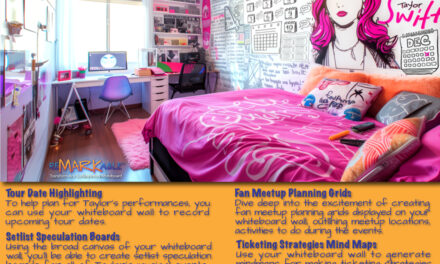

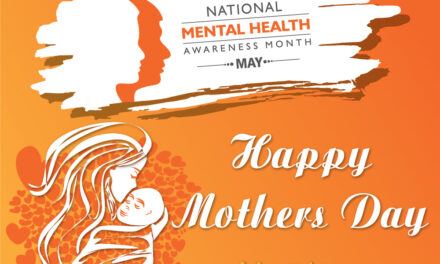
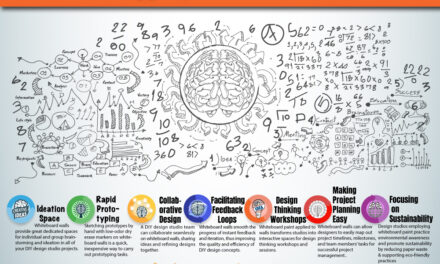
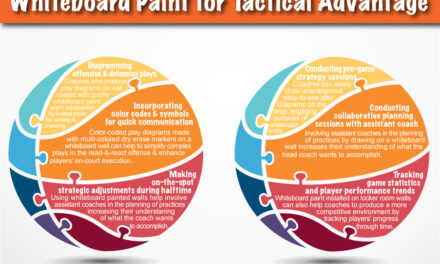
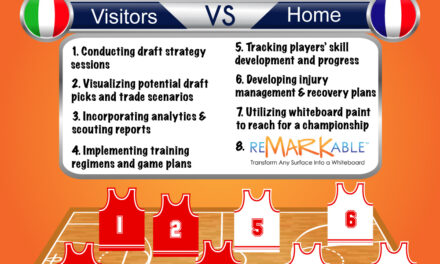

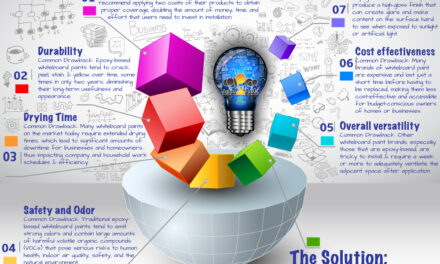
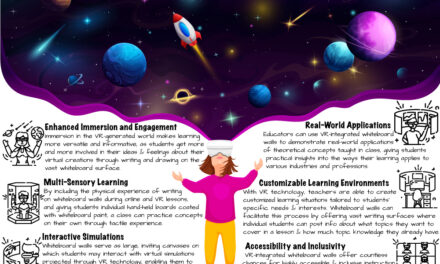
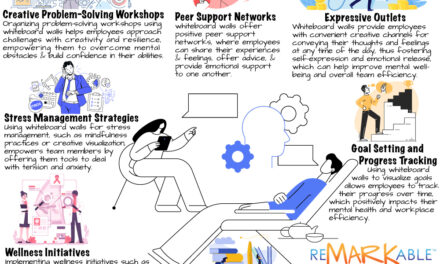
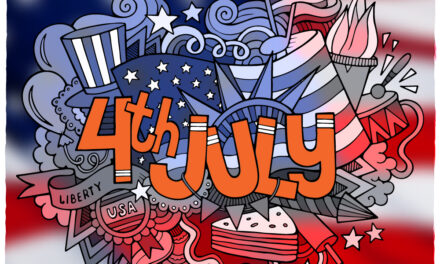
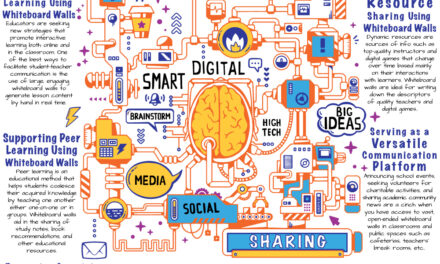
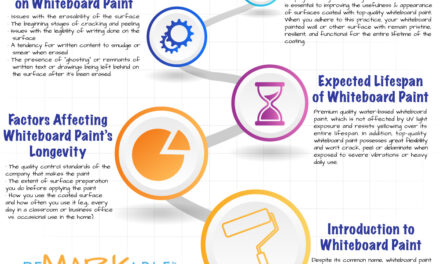
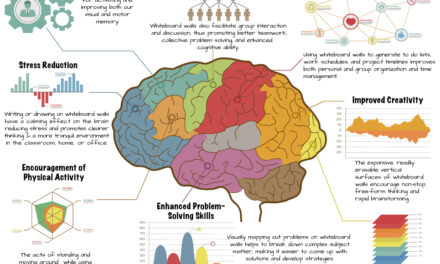
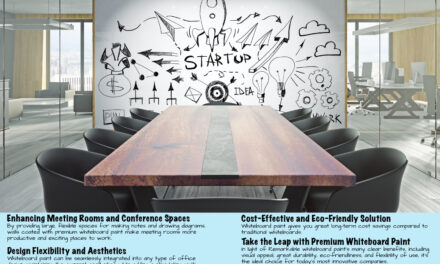
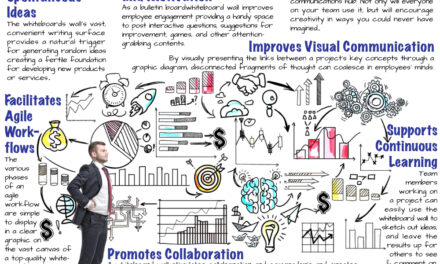
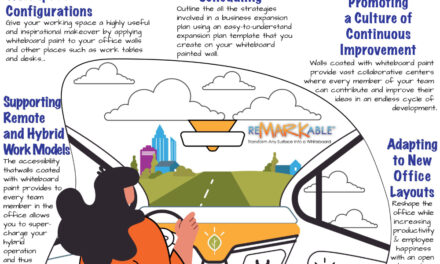
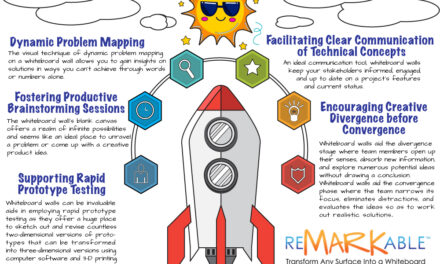
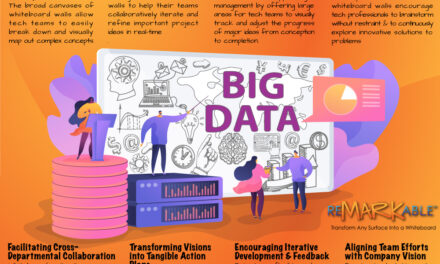
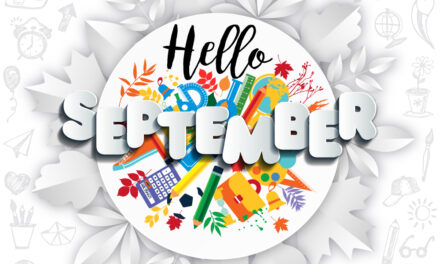
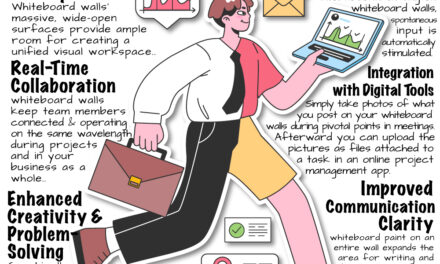
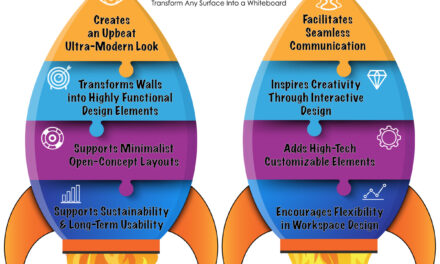
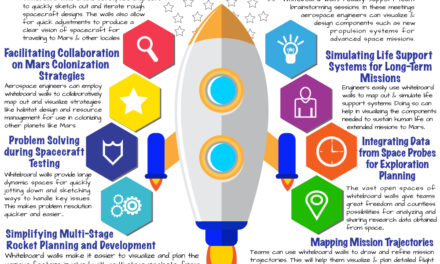
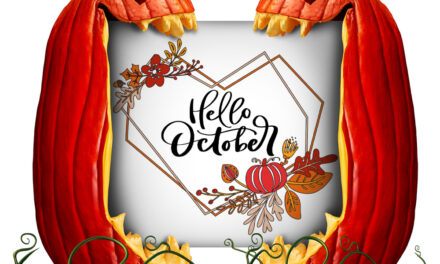
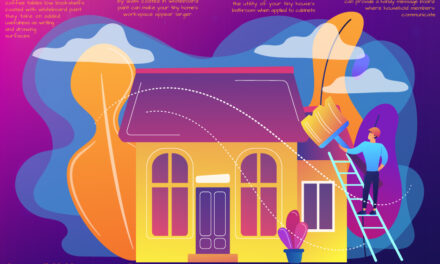
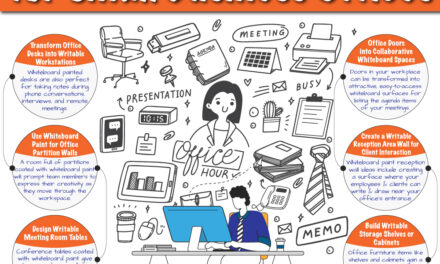
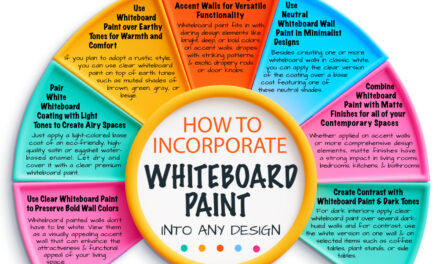
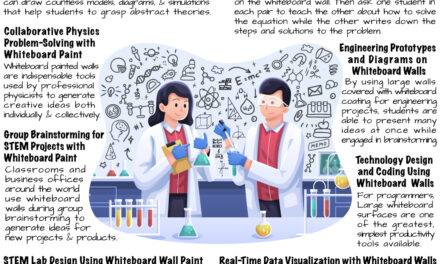
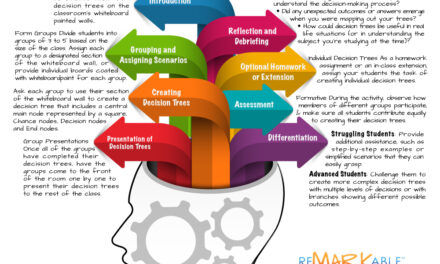
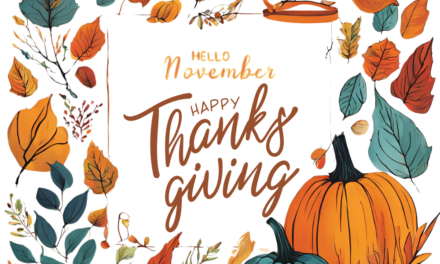
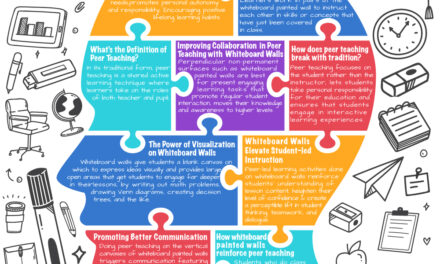
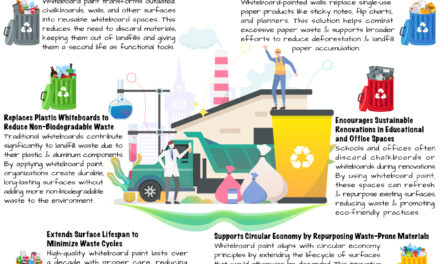

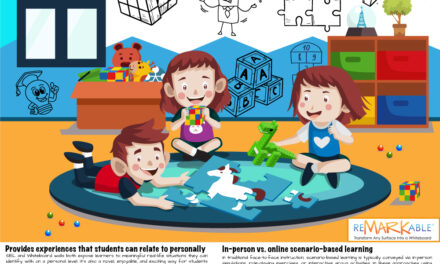
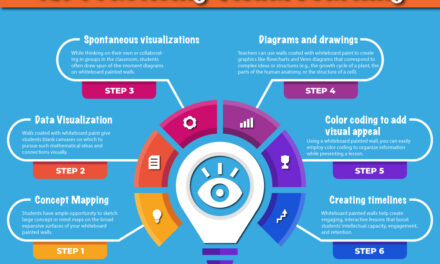
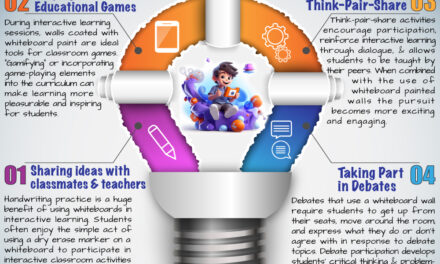
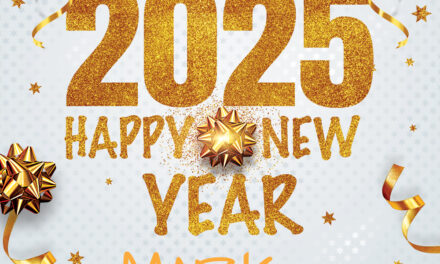

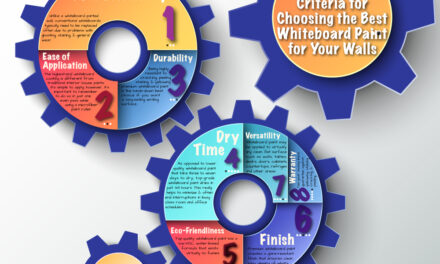
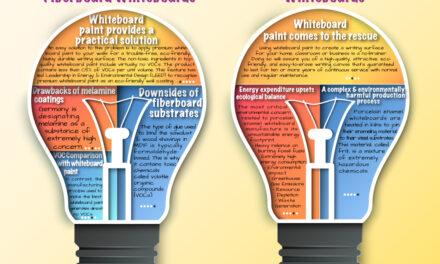
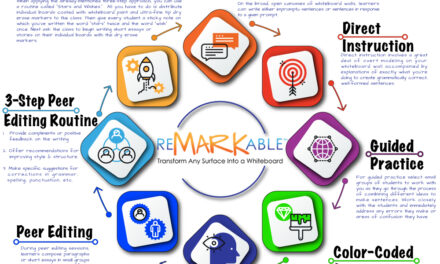

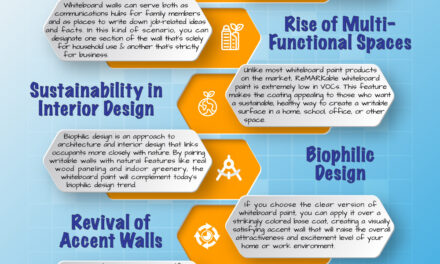
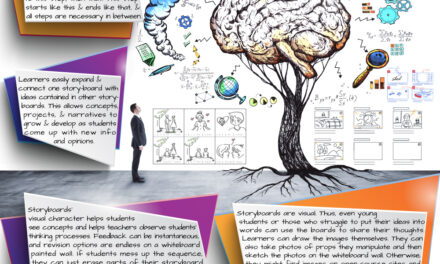
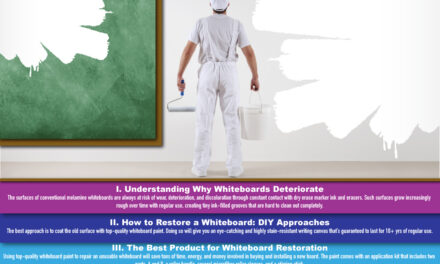

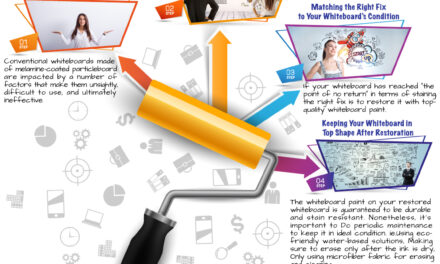
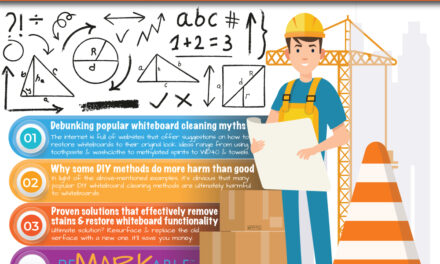
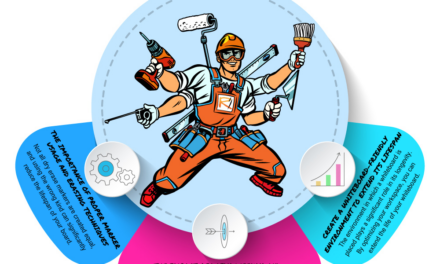

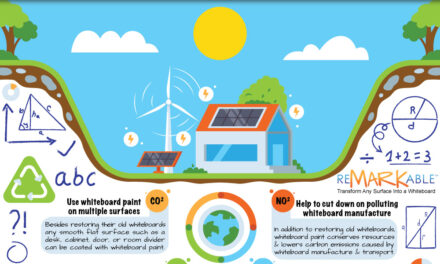
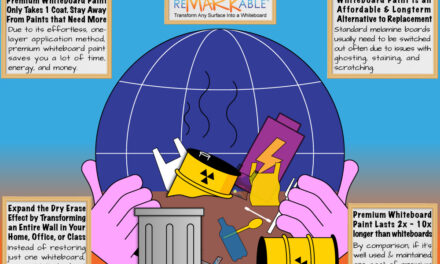
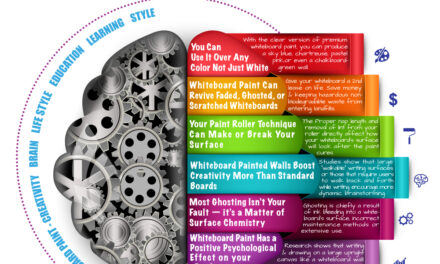
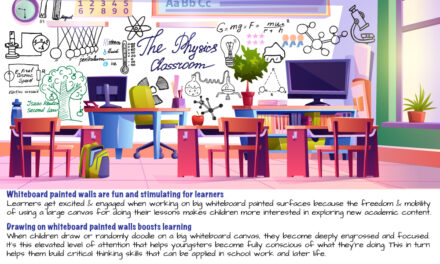
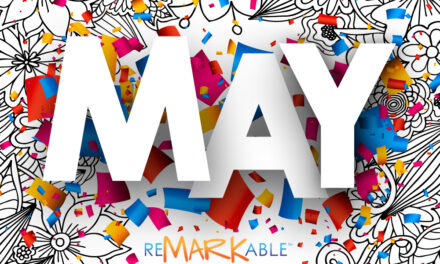
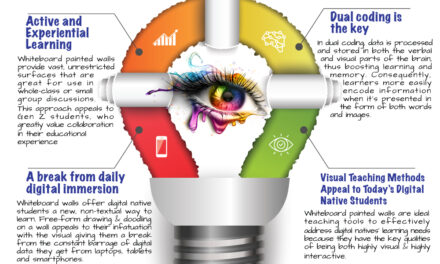
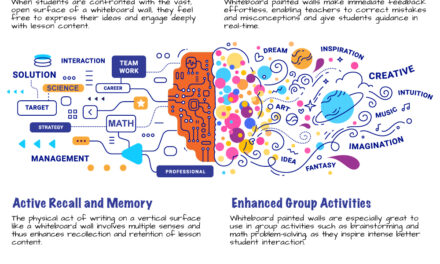
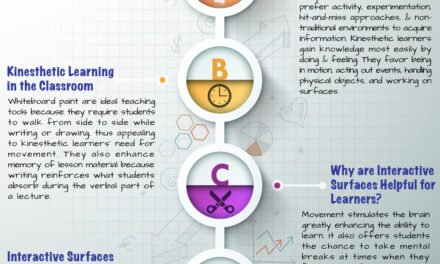

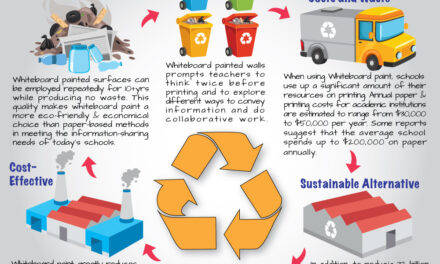
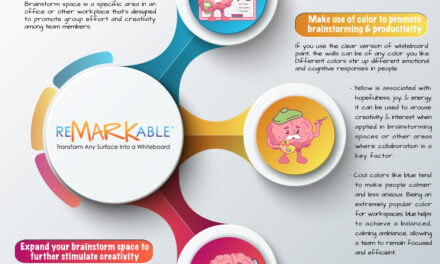
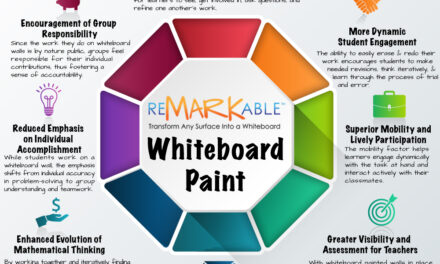
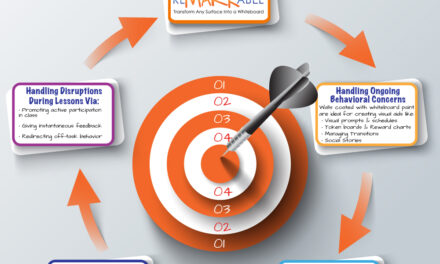
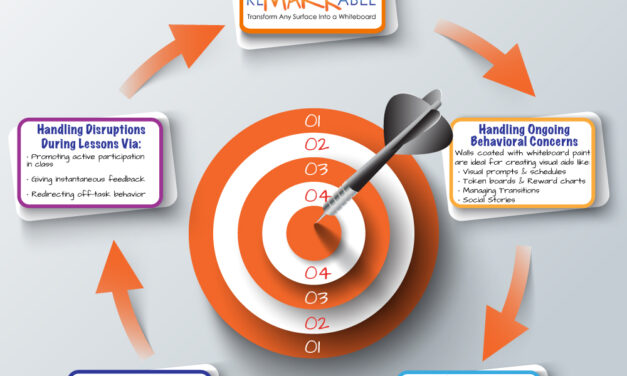
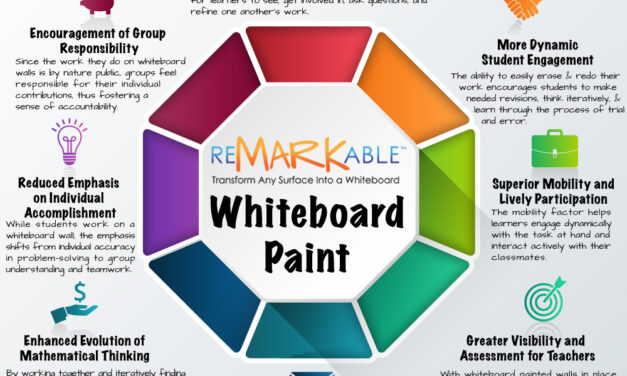
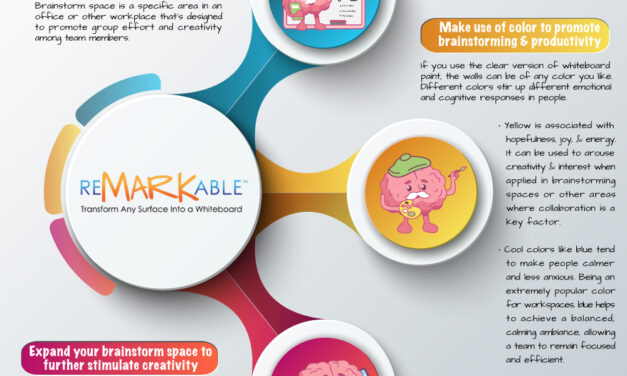

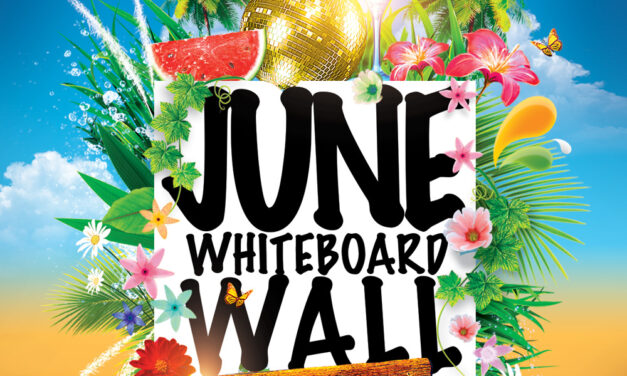
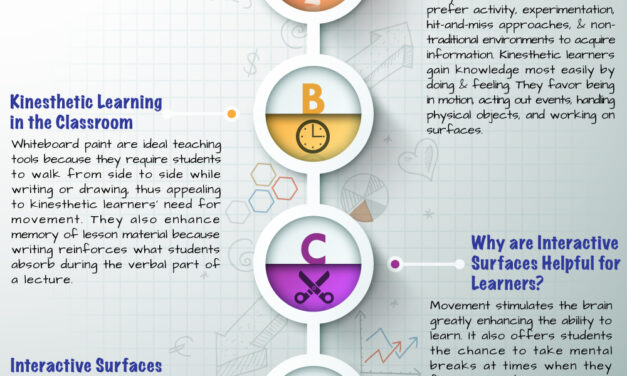





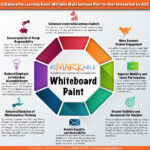
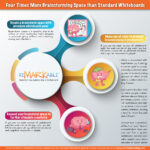
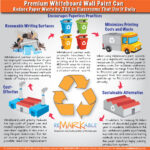
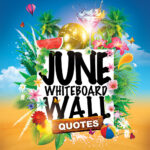
0 Comments